Tunnel Detection Structure Analysis Based on Neural Network Technology
DOI: 10.23977/ieim.2025.080118 | Downloads: 9 | Views: 536
Author(s)
Yuhu Sun 1
Affiliation(s)
1 Aneng Third Bureau Chengdu Engineering Quality Testing Co., Ltd, Chengdu, 611130, China
Corresponding Author
Yuhu SunABSTRACT
The existing tunnel detection structural analysis methods have certain problems in fault identification, health assessment and positioning accuracy. In particular, when processing complex tunnel structure data, traditional methods are difficult to adapt to diverse fault types and real-time data changes. To this end, this paper introduces neural network technology, aiming to solve the shortcomings of traditional methods in tunnel detection through deep learning models and improve the accuracy and efficiency of fault detection. This paper adopts a recurrent neural network (RNN) model and combines various sensor data from the tunnel for structural analysis. In the model design, the input layer receives various sensor data such as temperature, pressure, crack width, settlement displacement, etc. from the sensor, and outputs the tunnel health assessment results after multi-layer neural network processing. The model uses the ReLU activation function to optimize nonlinear feature extraction, adjusts network weights through the back-propagation algorithm, and accurately identifies fault types such as cracks, settlement, and deformation. In fault location, through the relationship between network learning and sensor data, the model can locate the fault location and output accurate location results. The experimental results show that in the diagnosis of "crack" faults, the accuracy of the neural network is 90%, much higher than the 75% based on the threshold algorithm; in the diagnosis of "settlement" and "deformation" faults, the accuracy of the neural network is also about 7% and 12% higher than the threshold algorithm. In addition, the accuracy of fault location is also significantly improved. The model can locate faults within an error range of ±1 meter and has a high spatial resolution.
KEYWORDS
Tunnel Detection; Neural Network; Fault Diagnosis; Health Assessment; Fault LocationCITE THIS PAPER
Yuhu Sun, Tunnel Detection Structure Analysis Based on Neural Network Technology. Industrial Engineering and Innovation Management (2025) Vol. 8: 149-158. DOI: http://dx.doi.org/10.23977/ieim.2025.080118.
REFERENCES
[1] Sung H S, Koh J S. Image-Data-Acquisition and Data-Structuring Methods for Tunnel Structure Safety Inspection[J]. Journal of the Korean Geotechnical Society, 2024, 40(1): 15-28.
[2] Xue Y, Shi P, Jia F, et al. 3D reconstruction and automatic leakage defect quantification of metro tunnel based on SfM-Deep learning method[J]. Underground Space, 2022, 7(3): 311-323.
[3] Shim S, Lee S W, Cho G C, et al. Remote robotic system for 3D measurement of concrete damage in tunnel with ground vehicle and manipulator[J]. Computer‐Aided Civil and Infrastructure Engineering, 2023, 38(15): 2180-2201.
[4] Lei M F, Zhang Y B, Deng E, et al. Intelligent recognition of joints and fissures in tunnel faces using an improved mask region‐based convolutional neural network algorithm[J]. Computer‐Aided Civil and Infrastructure Engineering, 2024, 39(8): 1123-1142.
[5] Rosso M M, Aloisio A, Randazzo V, et al. Comparative deep learning studies for indirect tunnel monitoring with and without Fourier pre-processing[J]. Integrated Computer-Aided Engineering, 2024, 31(2): 213-232.
[6] Antoniou M, Mantakas A, Nikitas N, et al. A numerical case study on the long-term seismic assessment of reinforced concrete tunnels in corrosive environments[J]. Journal of Rock Mechanics and Geotechnical Engineering, 2023, 15(3): 551-572.
[7] Tumrate C S, Saini D K, Gupta P, et al. Evolutionary computation modelling for structural health monitoring of critical infrastructure[J]. Archives of Computational Methods in Engineering, 2023, 30(3): 1479-1493.
[8] Negi P, Singh R, Gehlot A, et al. Specific soft computing strategies for the digitalization of infrastructure and its sustainability: A comprehensive analysis[J]. Archives of Computational Methods in Engineering, 2024, 31(3): 1341-1362.
[9] Elbaz K, Shen S L, Zhou A, et al. Reinforcement learning-based optimizer to improve the steering of shield tunneling machine[J]. Acta Geotechnica, 2024, 19(6): 4167-4187.
[10] Mahmoudi M, Rajabi A M. A numerical simulation using FLAC3D to analyze the impact of concealed karstic caves on the behavior of adjacent tunnels[J]. Natural Hazards, 2023, 117(1): 555-577.
[11] Bitra J, Komanapalli G. A comprehensive performance investigation on junction-less tfet (jl-tfet) based biosensor: Device structure and sensitivity[J]. Transactions on Electrical and Electronic Materials, 2023, 24(5): 365-372.
| Downloads: | 25605 |
|---|---|
| Visits: | 723708 |
Sponsors, Associates, and Links
-
Information Systems and Economics
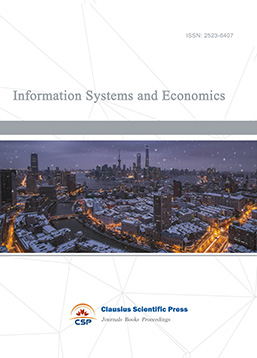
-
Accounting, Auditing and Finance
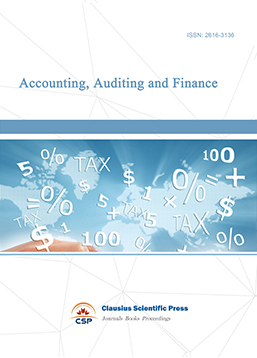
-
Tourism Management and Technology Economy
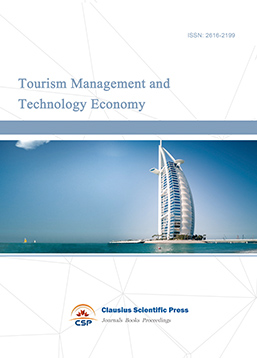
-
Journal of Computational and Financial Econometrics
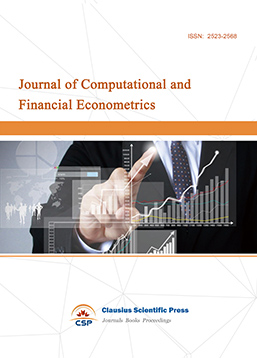
-
Financial Engineering and Risk Management
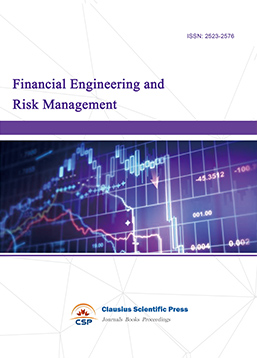
-
Accounting and Corporate Management

-
Social Security and Administration Management

-
Population, Resources & Environmental Economics
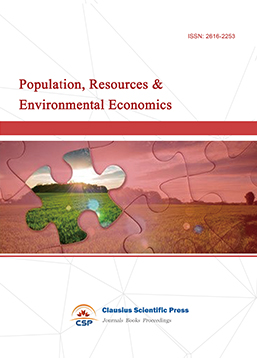
-
Statistics & Quantitative Economics
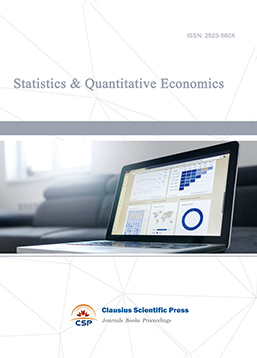
-
Agricultural & Forestry Economics and Management
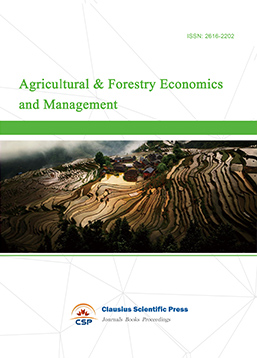
-
Social Medicine and Health Management
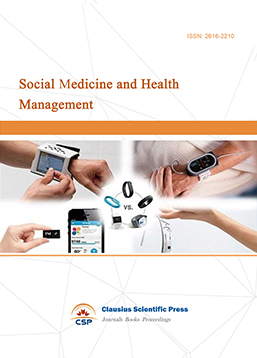
-
Land Resource Management
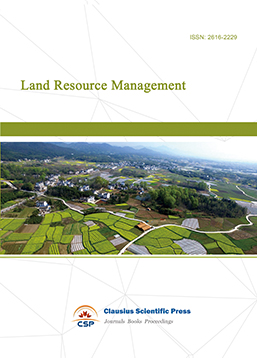
-
Information, Library and Archival Science
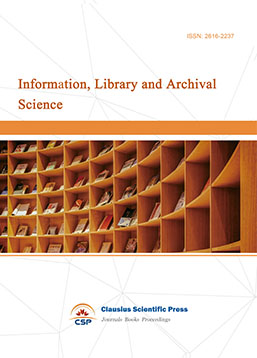
-
Journal of Human Resource Development

-
Manufacturing and Service Operations Management
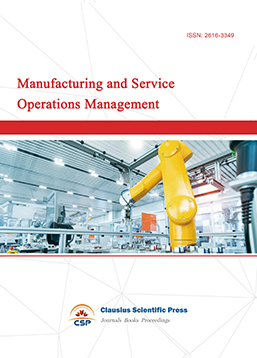
-
Operational Research and Cybernetics
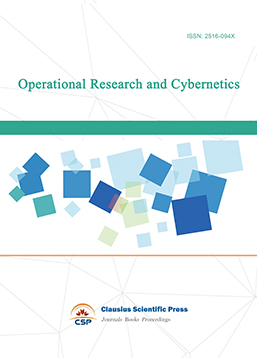

 Download as PDF
Download as PDF